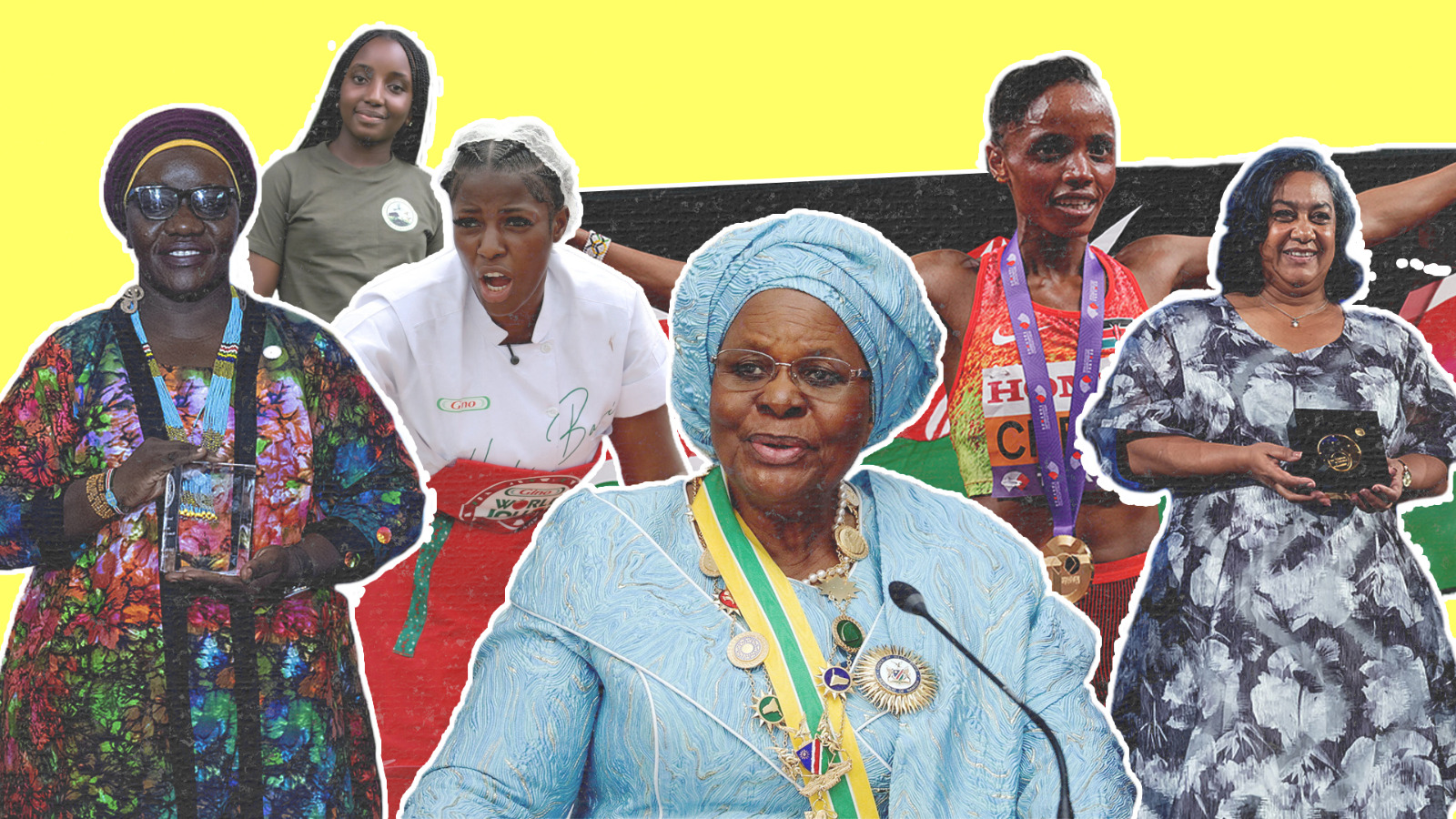{excerpt1]}
#SocialMediaGoneBad
They say technology is only as good as its user! Used the right way, social media can be a powerful tool to build brand loyalty, engage with customers, and create an almost cult-like following. However, in the wrong hands, social media has turned out to be shameful, embarrassing and even unlawful.
This week we look at the less glamorous use of social media.
- Terrorism
Convenience, affordability, and broad reach of social media platforms such as YouTube, Facebook and Twitter, terrorist groups have increasingly used social media to further their goals and spread their message. Governments and agencies have continually made attempts to thwart the use of social media by terrorist organizations. ISIL has continued to develop effective virtual propaganda machinery. Its media arm Al Hayat has been releasing videos showing different sides of the militant group.
- Hatespeech
End of May 2016, Facebook, Twitter, YouTube, and Microsoft have agreed to purge their sites of hate speech within 24 hours in compliance with a new European Union code of conduct created to combat rising tensions with the refugee crisis and terrorism. Since the middle of 2015, Twitter has suspended 125,000 accounts that were associated with ISIS and promoting terrorism. Criminal cases concerning hate speech on the Internet have, to date, been few in number. We shall be looking at some of the known cases.
- Bullying
The Internet is the new playground, and there are no off-hours. Tech-savvy students are turning to cyberspace to harass their peers using a new method of bullying—cyberbullying. The popularity of instant messaging, e-mail, web pages, text messaging, and blogging means that kids are potential targets—all day, every day. Victimization on the Internet through cyberbullying is increasing in frequency and scope.
- Revenge porn
This is the sexually explicit portrayal of one or more people distributed without their consent via any medium. Many social media platforms have rules that forbid users from posting intimate images taken or distributed without the subject’s consent, but if they’re posted anyway, their systems for taking them down are often slow, unresponsive and haphazard.
- Con-artists
The Internet is an amazing thing and online profiles provide fertile ground for con artists. A con artist can take advantage of how easily people share background and personal information online by using this information to make a highly targeted pitch. There was a time when con men used cheesy photos of models from magazines. They wrote profiles that seemed absolutely perfect. It was pretty easy to see a match and identify him or her as too good to be true. However an obvious con man is out of the business very quickly, so their tactics have improved.






